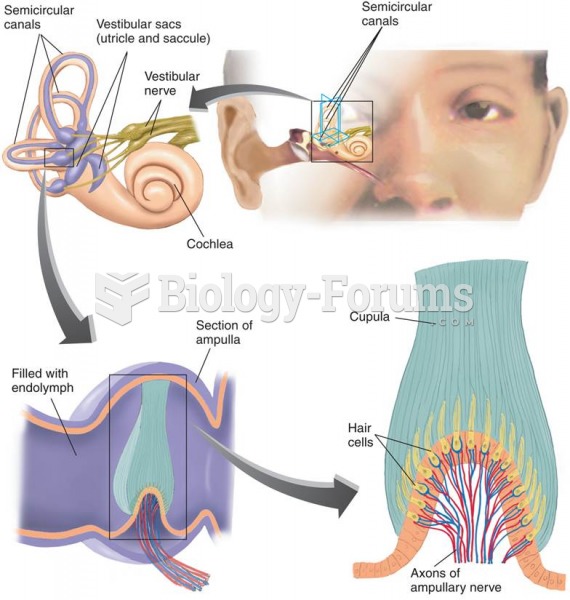Answer to Question 1
Answer should include:
Each of the single organ systems list the systems/body areas that are specifically related to the optimal function of that specific organ system.
These listed systems/body areas are divided into three different categories: shaded borders, unshaded borders, and borders with nothing listed within.
Shaded borders list elements identified by a bullet that are intricately involved and related to the effective and optimal function of the specific single organ system.
Unshaded borders list elements identified by a bullet that are not intricately involved and/or related to the effective and optimal function of the single organ system, but are important aspects of the proper function of the single organ system.
Borders that list no elements identified by a bullet may be related to the function of the single organ system but are not essential aspects of the single organ system.
The elements identified by bullets in these respective borders all represent aspects of the specific single organ system: the system/body areas that are essential, the system/body areas that may be necessary, and the system/body areas that are not essential to the function of the single organ system.
Answer to Question 2
Answer should include, but may not be limited to, the following:
The 1995 body area/organ system physical examination provided an overview of the human anatomy, which limited the amount of specificity required in the documented physical examination. As a result, the documented physical examination only required simple documentation of any specific organ system or body area. This could create confusion about what was examined, because the documented findings of the physical examination identify how the performed physical examination relates to the nature of the presenting problem.
The nature of the presenting problem identifies the level of risk posed to the patient by the disease or illness, while the type of the documented physical examination represents the complexity of the physical examination in relation to the nature of the presenting problem. However, since the 1995 body area/organ system physical examination guidelines do not provide clear numeric guidelines to determine objectively the complexity of the physical examination in relation to the nature of the presenting problem, clear, objective review of the documented physical examination may be problematic.
In contrast with the 1995 body area/organ system physical examination, the general multisystem physical examination utilizes the evidentiary checklist to identify clearly the specific anatomy that was examined, as well as any normal, abnormal or unexpected findings. This provides a clearer correlation between the documented examination and the nature of the presenting problem.







